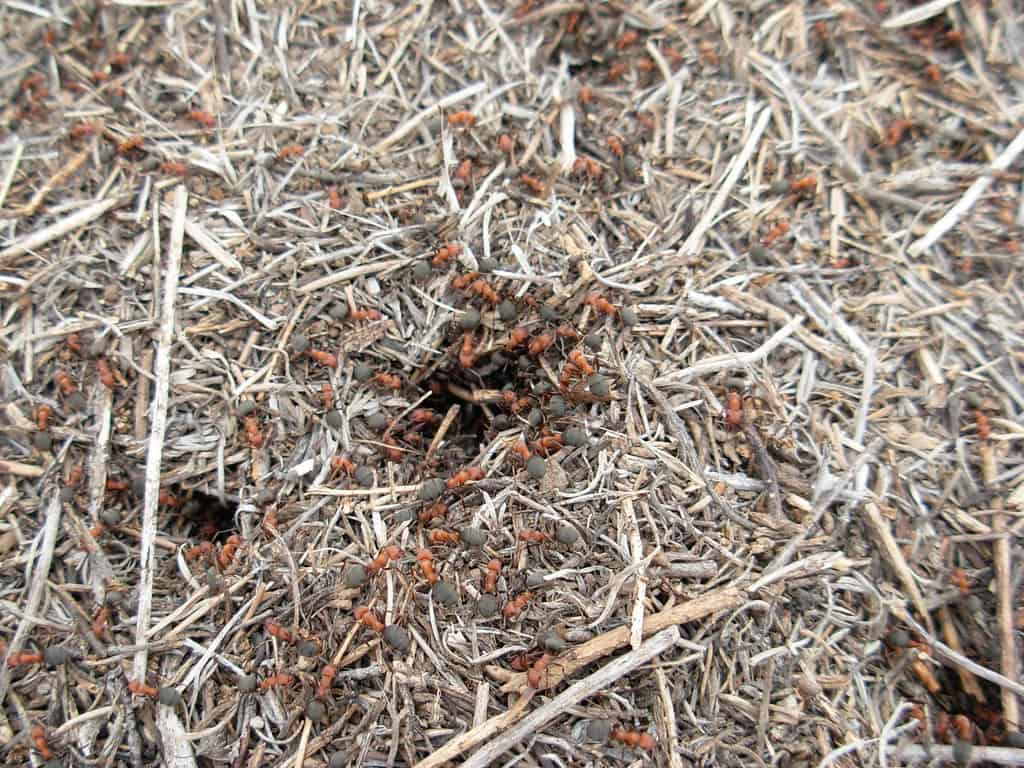In the microscopic world beneath our feet exists one of nature’s most remarkable feats of biological organization: ant supercolonies that stretch across entire continents. These massive networks of interconnected nests challenge our understanding of social structures and evolutionary cooperation. While typical ant colonies consist of a few thousand individuals occupying a limited territory, supercolonies can contain billions of ants spread across thousands of miles, functioning as a single cooperative unit despite their vast geographic distribution. This phenomenon represents one of the most successful biological invasions on our planet and offers fascinating insights into collective behavior, genetic adaptation, and ecological impact. As we explore how these tiny insects have conquered continents, we’ll uncover the remarkable mechanisms that allow them to achieve what few other species on Earth have managed: true global domination through unity.
The Definition and Scale of Ant Supercolonies

Ant supercolonies represent a remarkable evolutionary achievement in social organization. Unlike traditional ant colonies that typically contain a single queen and thousands of workers occupying a discrete territory, supercolonies consist of interconnected nests housing multiple queens and billions of workers that cooperate across vast geographic areas. The defining characteristic of a supercolony is that ants from different nests within the supercolony recognize each other as nestmates rather than competitors, eliminating the territorial aggression that normally exists between separate colonies. The Argentine ant (Linepithema humile) supercolony along the Mediterranean coast stretches over 6,000 kilometers, while the Japanese yellow crazy ant (Anoplolepis gracilipes) supercolony spans multiple Pacific islands. The sheer scale of these living networks is staggering—some supercolonies contain more individual ants than there are humans on Earth, with population estimates reaching into the trillions for the largest examples. This cooperative behavior at such a massive scale represents one of the most extreme examples of social organization in the animal kingdom.
The Rise of Invasive Supercolony Species
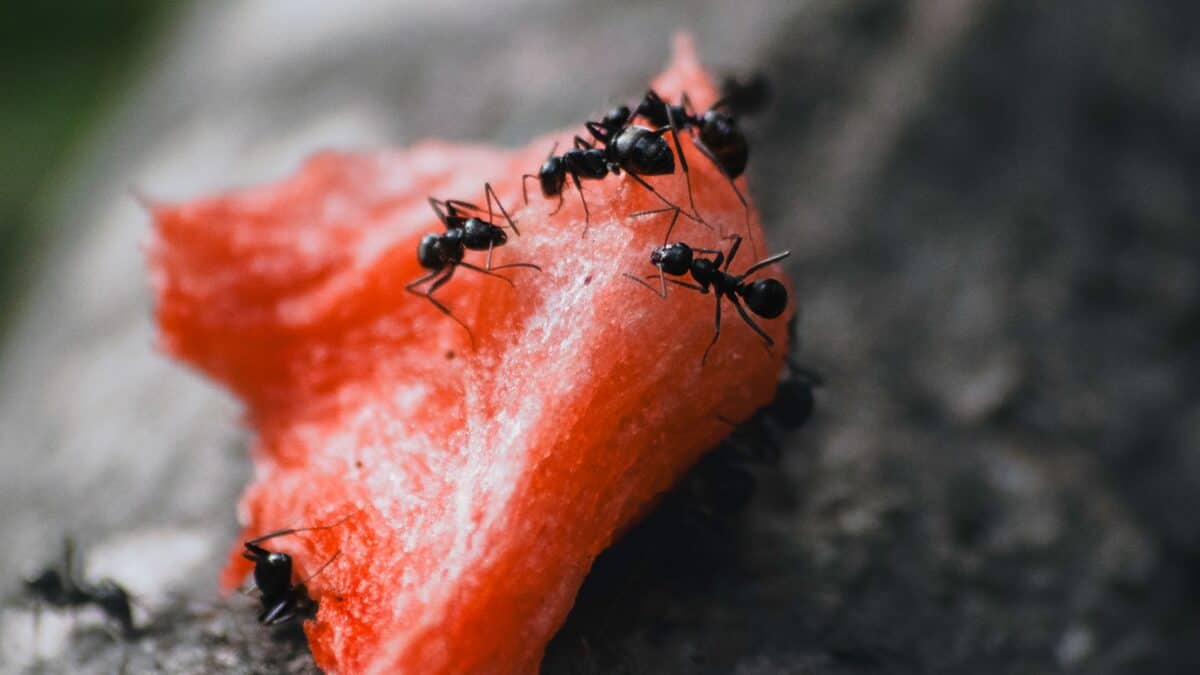
The formation of supercolonies is predominantly associated with invasive ant species that have been transported around the world through human activities. The most prolific supercolony-forming species include the Argentine ant (Linepithema humile), yellow crazy ant (Anoplolepis gracilipes), and the red imported fire ant (Solenopsis invicta). These species share certain characteristics that predispose them to supercolony formation when introduced to new environments. They typically practice polygyny (multiple queens per colony), can reproduce through budding (where queens and workers split off to form new nests), and possess flexible nesting habits. When transported to new continents—often as stowaways in shipping containers, plant material, or soil—these ants encounter environments free from their native predators, parasites, and competing ant species. This ecological release allows them to expand rapidly. Additionally, the genetic bottleneck that occurs during introduction often reduces the diversity of recognition cues that normally help ants distinguish between colony members and outsiders. With fewer genetic differences to detect, ants from different nests no longer recognize each other as threats, allowing the cooperation that defines supercolonies to emerge. This process has enabled certain ant species to transform from locally abundant insects in their native ranges to intercontinental invaders that dramatically reshape ecosystems wherever they establish.
The Argentine Ant’s Global Conquest
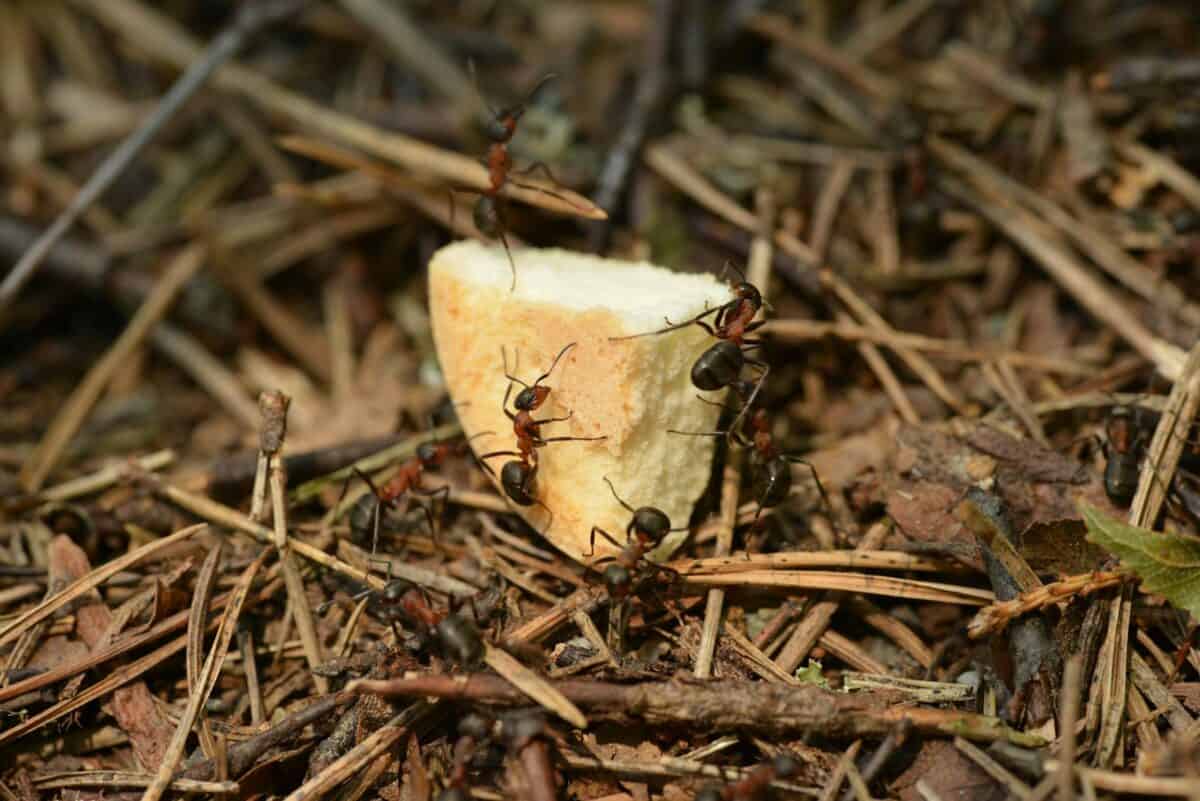
The Argentine ant (Linepithema humile) represents perhaps the most successful example of continental supercolony formation. Native to the Paraná River basin in South America, this species has established massive supercolonies on six continents, with the largest extending 6,000 kilometers along the Mediterranean coast from Italy to Portugal. Genetic and behavioral studies have revealed that many of these invasions are actually part of the same supercolony. Remarkably, ants taken from Argentina’s main European supercolony show no aggression when introduced to portions of the same genetic supercolony in California, Japan, Australia, or New Zealand—despite being separated by oceans and continents. This suggests a single global mega-colony of genetically similar Argentine ants now exists. The success of this species stems from several adaptations: they reproduce rapidly, with queens laying up to 60 eggs daily; they form dense trail networks for efficient foraging; they tend aphids for honeydew, providing stable food resources; and they aggressively eliminate native ant species through coordinated group attacks. Their ability to adapt to urban environments has further facilitated their spread, as they hitchhike in potted plants, shipping materials, and even personal luggage. The resulting transcontinental supercolony represents one of the largest cooperative animal societies ever documented and demonstrates how a single species introduction can lead to global biological invasion.
Genetic Foundations of Supercolony Formation

The genetic mechanisms underlying supercolony formation represent a fascinating evolutionary puzzle. Central to this phenomenon is the nestmate recognition system, which typically prevents cooperation between unrelated ants. Recognition in ants relies primarily on hydrocarbon compounds present on their cuticle (exoskeleton), which serve as chemical identity badges. In normal ant societies, subtle genetic differences between colonies result in different hydrocarbon profiles, allowing ants to distinguish nestmates from potential competitors. Supercolonies emerge when this recognition system is disrupted. Population bottlenecks during introduction events drastically reduce genetic diversity among invasive ant populations. With fewer alleles present in the population controlling hydrocarbon production, ants from different nests produce similar chemical profiles, effectively appearing as nestmates to one another. Research has shown that introduced populations of Argentine ants have significantly lower genetic diversity than their native counterparts, with corresponding reductions in chemical profile diversity. Additionally, some supercolony-forming species appear to have mutations in genes related to nestmate recognition that reduce their ability to discriminate between colony members and outsiders. This “broken” recognition system, while seemingly disadvantageous from an individual fitness perspective, creates an evolutionary advantage at the colony level by enabling massive cooperative networks that outcompete native species. The genetic homogeneity that facilitates supercolony formation represents a remarkable example of how genetic bottlenecks, typically considered detrimental to species survival, can sometimes produce adaptive advantages in new environments.
Communication Networks Across Vast Distances
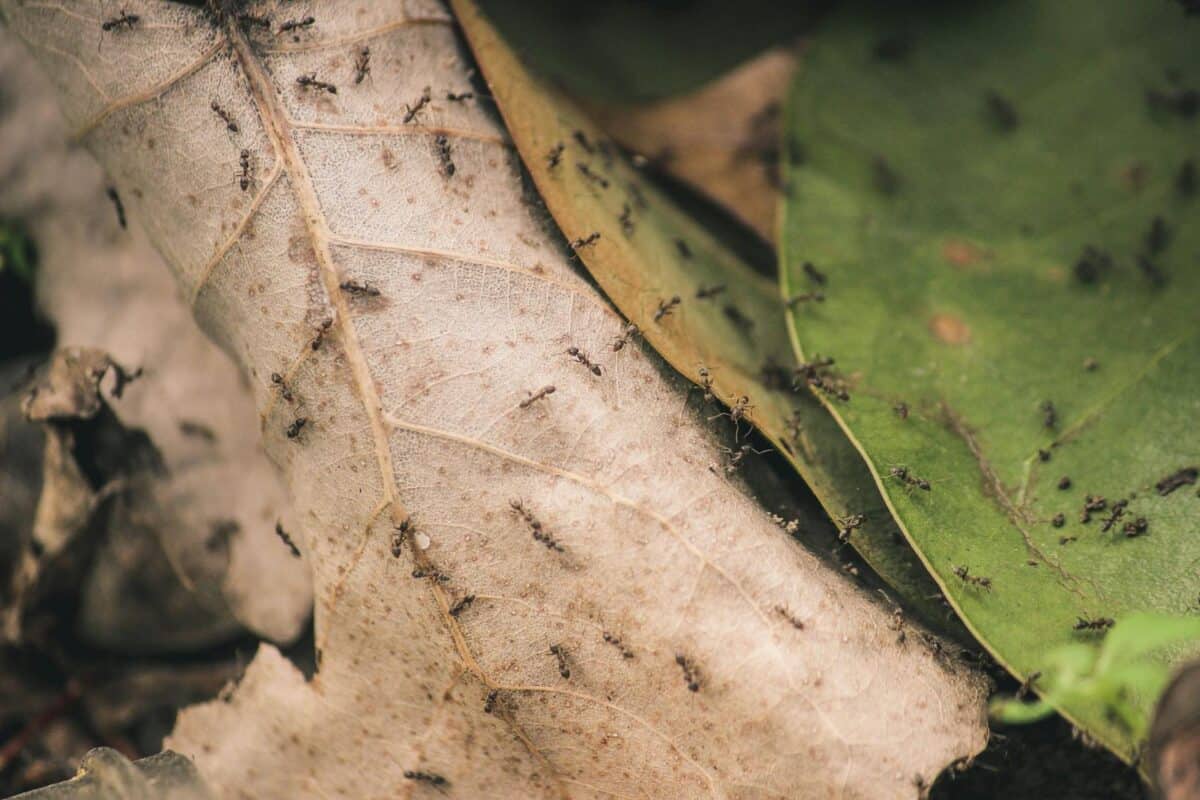
The ability of supercolonies to maintain cohesive organization across enormous geographic areas depends on sophisticated communication systems that operate at multiple scales. At the local level, ants communicate primarily through chemical signals called pheromones, creating living information highways that transmit data about food sources, threats, and nest conditions. These chemical trails form complex networks that can span entire landscapes, with major thoroughfares connecting distant nests. Studies of Argentine ant supercolonies have revealed consistent trail systems that persist for years, creating permanent infrastructure akin to human road networks. Beyond pheromone trails, ants within supercolonies use tactile communication through antennation (touching antennae) and body movements to exchange information during direct encounters. This physical exchange of information allows workers to rapidly adjust their activities based on colony needs. Remarkably, information can propagate across vast distances through chain reactions of local interactions, creating cascading effects that coordinate activities across the supercolony. Research using network theory has shown that supercolonies create redundant communication pathways that ensure information flow remains intact even if individual nests or trails are disrupted. Adding another layer of complexity, certain species like the invasive yellow crazy ant (Anoplolepis gracilipes) utilize “information centers” where workers from different nests converge to exchange chemical signals, creating hubs in the broader communication network. This multilayered communication system enables supercolonies to respond adaptively to environmental changes across their entire range, functioning as a distributed intelligence that coordinates millions of individual actions into coherent, colony-wide behaviors.
Resource Management Across Continental Scales

The ability to efficiently allocate resources across vast territories represents one of the most remarkable aspects of ant supercolonies. Unlike traditional colonies that must defend resources from neighboring ants, supercolonies operate as unified economic systems with sophisticated resource management strategies. Food discovered in one area can be distributed throughout the supercolony through a process of sequential trophallaxis (mouth-to-mouth food sharing), creating supply chains that can extend for kilometers. Studies of the Argentine ant have documented food particles traveling up to 50 meters per hour through these living distribution networks. Beyond food sharing, supercolonies redistribute crucial resources like larvae, pupae, and reproductive individuals based on local conditions. During floods or habitat disturbances, workers will evacuate entire nests, moving queens and brood to safer locations within the supercolony. This resource mobility creates remarkable resilience—if one area faces resource scarcity or adverse conditions, the supercolony can shift assets from more productive regions. Research using isotope tracing has shown that nutrients harvested in urban areas can support nests in natural habitats, while proteins gathered from insect prey in wild areas help sustain nests in resource-poor environments. This continental-scale resource management allows supercolonies to exploit diverse habitats simultaneously, from urban centers to agricultural lands to natural ecosystems. By treating vast territories as a single economic unit, supercolonies achieve efficiencies that would be impossible for traditionally competitive colonies, effectively functioning as massive cooperative enterprises that span landscapes and, in some cases, continents.
Ecological Impacts of Transcontinental Supercolonies
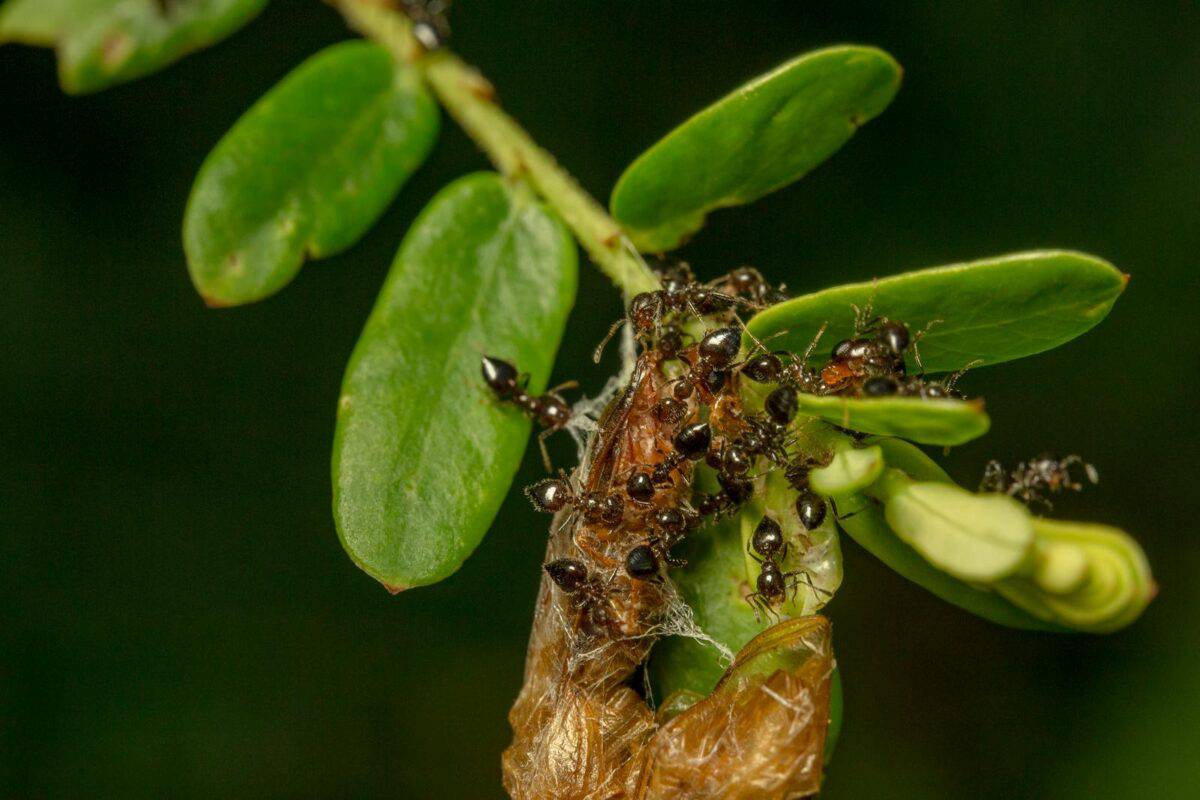
The establishment of ant supercolonies across continents has profound and often devastating ecological consequences. When supercolony-forming species like the Argentine ant invade new territories, they typically reduce native ant diversity by 70-90% through direct competition and aggression. This displacement cascades through ecosystems, as many native plants and animals depend on specific ant species for seed dispersal, protection, or other symbiotic relationships. For example, in Mediterranean ecosystems, the displacement of native seed-dispersing ants by Argentine supercolonies has reduced the regeneration of native plant species by up to 50%. Supercolonies also disrupt predator-prey dynamics by protecting honeydew-producing insects like aphids and scale insects from their natural predators, leading to increased damage to both agricultural crops and native plants. On islands and in specialized habitats, the impacts can be even more severe—the yellow crazy ant supercolony on Christmas Island has decimated the native red land crab population, triggering a “trophic cascade” that has transformed the island’s entire forest ecosystem by altering nutrient cycling and seedling survival. Beyond these direct effects, supercolonies can alter soil chemistry through their extensive nest-building activities and change decomposition rates by modifying invertebrate community structure. The sheer biomass of ants in these supercolonies—estimated at over 100 tons in some cases—represents a significant reallocation of energy and nutrients within ecosystems. As climate change creates more favorable conditions for these primarily tropical and subtropical invaders, their supercolonies continue to expand into new regions, suggesting that their ecological impacts will only increase in the coming decades.
Supercolony Borders and Conflict Zones

While supercolonies eliminate conflict within their borders, they create fascinating dynamics at their boundaries with other supercolonies or native ant species. Research on Argentine ants in California has identified four distinct supercolonies with clear behavioral boundaries—workers show no aggression toward ants from their own supercolony but immediately attack those from other supercolonies. These borders create narrow “tension zones” where intense warfare occurs continually. Studies using marked ants have documented mortality rates exceeding 80% for workers entering these conflict zones. What makes these boundaries particularly interesting is their stability over time—some supercolony borders in Europe and California have remained in precisely the same locations for over 15 years despite constant conflict. The persistence of distinct supercolonies is likely maintained by a combination of numerical advantages (established supercolonies can quickly mobilize more workers than invaders) and “dear enemy” effects, where colonies invest heavily in defense against familiar competitors at established borders. Within these conflict zones, researchers have observed sophisticated battle tactics including group ambushes, chemical warfare through venom deployment, and even specialized “soldier” workers with larger heads and mandibles. The ecological significance of these boundaries extends beyond the ants themselves, creating unique ecological conditions where native species sometimes persist in the narrow zones between supercolonies. From an evolutionary perspective, these tension zones represent rare cases where the normal competitive dynamics between ant colonies remain intact despite the supercolony context, potentially preserving selective pressures that would otherwise be absent within the cooperative supercolony interior.
The Paradox of Cooperation and Evolution

The existence of ant supercolonies presents an evolutionary paradox that has intrigued biologists since their discovery. Traditional evolutionary theory suggests natural selection should favor individuals that prioritize their own genetic interests, typically by helping close relatives (kin selection) or reciprocating cooperative acts (reciprocal altruism). However, in supercolonies, workers cooperate with genetically distant individuals from nests potentially thousands of kilometers away. This seeming contradiction stems partly from the unusual genetic structure of introduced populations, where genetic bottlenecks have created a situation where distant nests may still share many recognition alleles despite being distantly related. Some researchers have characterized supercolonies as evolutionary “dead ends”—short-term successful strategies that ultimately reduce genetic diversity and adaptability. Supporting this view, studies have found that workers in supercolonies sometimes drift between nests, caring for unrelated queens and brood, which reduces the efficiency of natural selection in favoring the most productive queens. Additionally, the energy workers invest in distant, unrelated nests represents a form of reproductive altruism that appears to contradict kin selection theory. However, alternative interpretations suggest supercolonies may represent a new level of selection, where competition occurs between entire supercolonies rather than individuals or traditional colonies. Under this framework, supercolonies could be viewed as “extended phenotypes” where genes promoting cooperation spread because they create more successful collective entities. The resolution of this evolutionary paradox remains an active area of research, with recent genomic studies suggesting complex interactions between individual, colony, and supercolony-level selection pressures that challenge conventional evolutionary models.
Human Impacts on Supercolony Formation and Spread
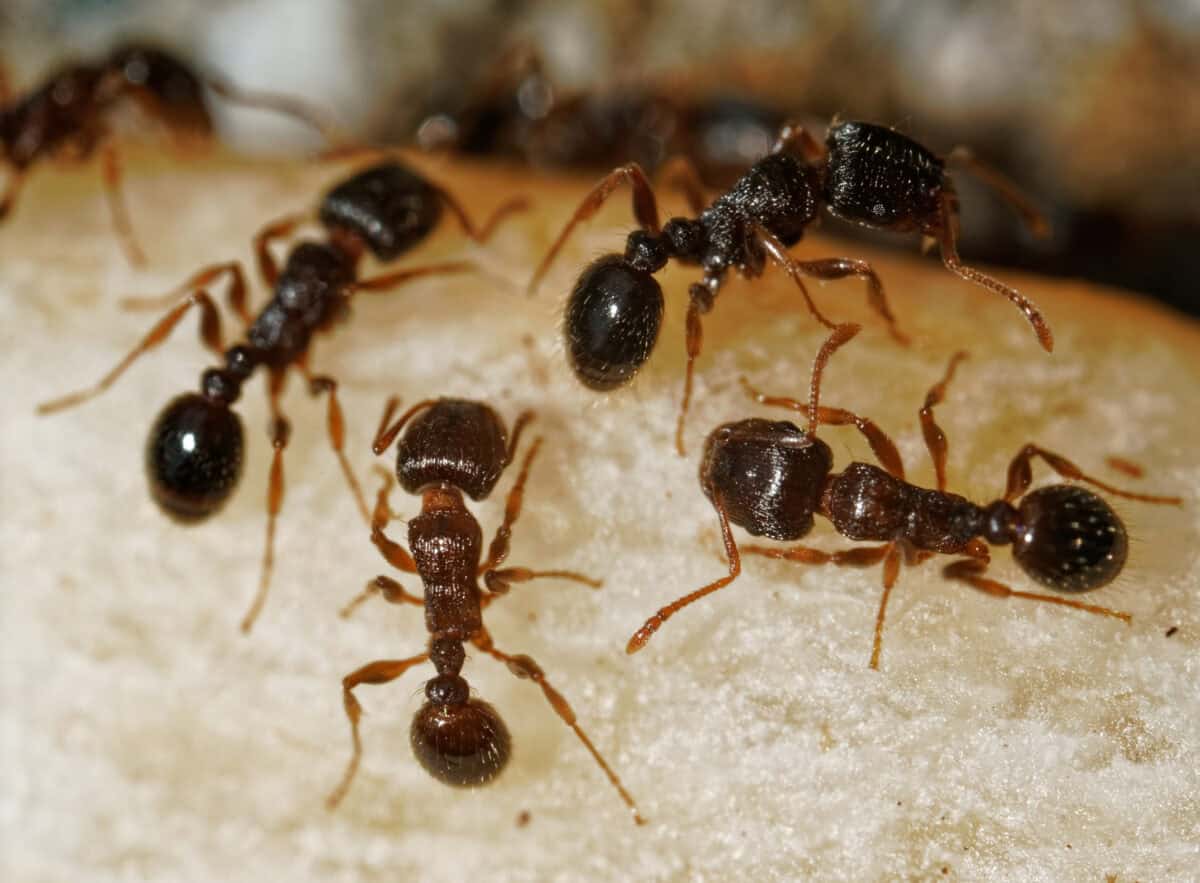
Human activities have played a crucial role in facilitating the formation and expansion of ant supercolonies across continents. The global transportation network has served as the primary vector for introducing potential supercolony-forming species to new regions—molecular evidence shows that most invasive ant populations originated from single or few introduction events, often traced to specific shipping routes or commercial exchanges. Beyond initial introduction, human-modified landscapes provide ideal habitats for supercolony expansion. Urban environments offer stable temperatures, abundant food resources, and reduced competition from native species, creating perfect conditions for exotic ants to establish. Studies in California showed that Argentine ant supercolonies expand nearly twice as fast in urban areas compared to adjacent natural habitats. Agricultural practices further support supercolony growth, as many invasive ants form mutualistic relationships with aphids and scale insects that thrive in monoculture crop systems. The removal of natural habitat boundaries like rivers and mountains through infrastructure development eliminates natural barriers that would otherwise contain ant populations. Climate change represents another human-driven factor accelerating supercolony spread, with warming temperatures allowing tropical and subtropical ant species to establish in previously inhospitable regions. Models predict that suitable habitat for the Argentine ant in Europe could increase by 74% with projected climate warming by 2050. Ironically, human efforts to control invasive ants have sometimes contributed to supercolony formation—fragmented pesticide applications that don’t eliminate entire colonies can inadvertently select for increased cooperation among surviving nests. This complex interplay between human activities and ant biology has effectively created a new ecological phenomenon that would not exist without anthropogenic influence, making supercolonies prime examples of how human-altered environments create novel evolutionary trajectories.
Control Strategies for Continental Supercolonies
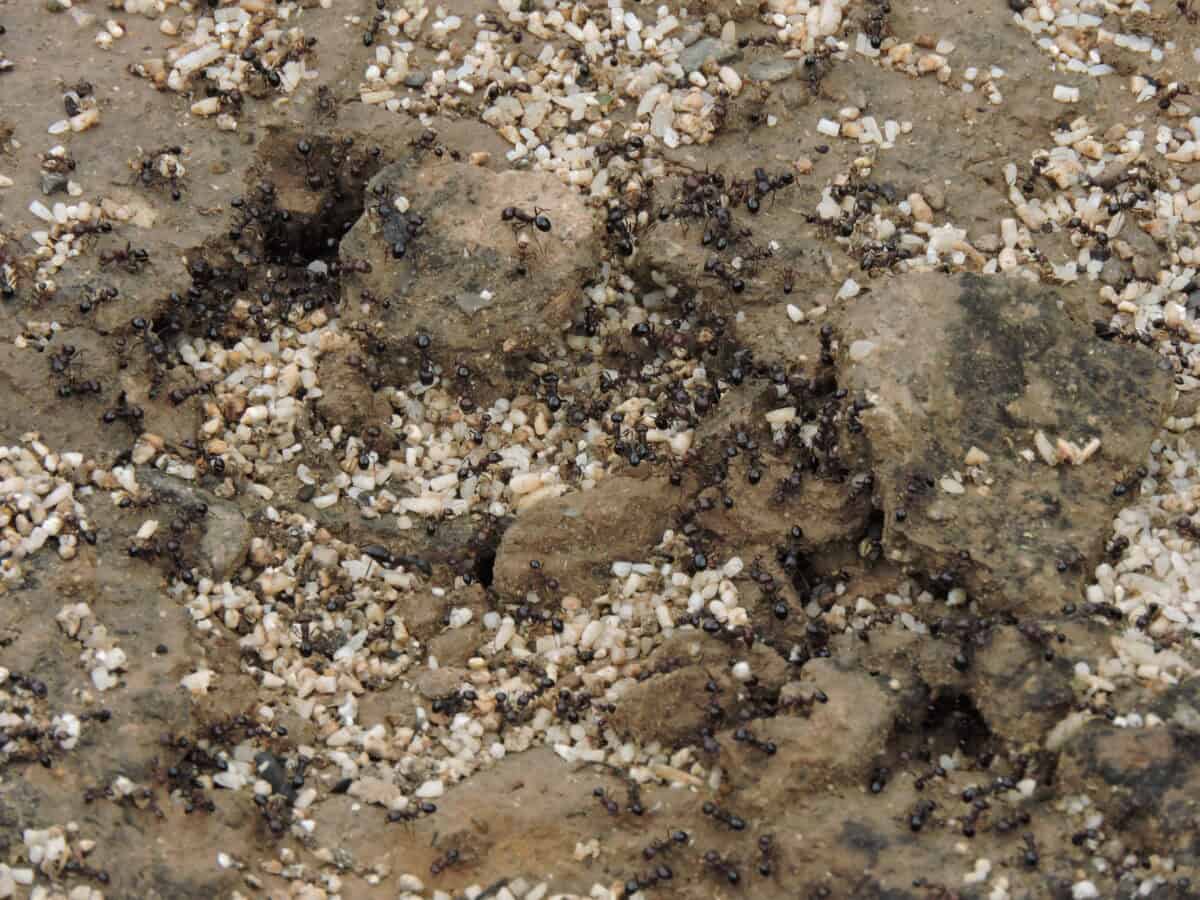
Managing ant supercolonies that span continents presents extraordinary challenges that have pushed researchers to develop increasingly sophisticated control strategies. Traditional pesticide applications have proven largely ineffective against supercolonies due to their vast size, distributed structure, and rapid reproductive capacity. Broadcast insecticide treatments typically impact only a small portion of the supercolony and can harm native species, while creating selection pressure for resistance. More successful approaches have targeted the social structure of supercolonies through baiting systems containing insect growth regulators like pyriproxyfen that sterilize queens and disrupt larval development. These slow-acting toxins are spread throughout the supercolony via the ants’ own food-sharing behaviors, reaching nests far from the application site. Pheromone disruption represents another promising approach, where synthetic compounds that mimic the ants’ communication chemicals are used to create confusion within the colony structure. Biological control efforts have identified specialized parasites like phorid flies that target specific invasive ant species, though their effectiveness against entire supercolonies remains limited. Perhaps most promising are genetic control technologies currently under development, including gene drives that could potentially spread genes reducing fertility or altering recognition systems throughout supercolonies. Landscape-level management strategies have shown some success by manipulating habitat conditions to favor native ants, such as restoring natural hydrological regimes in areas invaded by fire ants, which prefer drier conditions. In urban environments, modifying irrigation practices and creating habitat fragmentation through targeted vegetation management can slow supercolony expansion. The most successful control
- Why Nurse Sharks Are Often Misunderstood - August 9, 2025
- 9 Most Venomous Spiders Lurking in US Homes - August 9, 2025
- How Scientists Tag and Track Sharks Off Florida’s Coast - August 9, 2025

